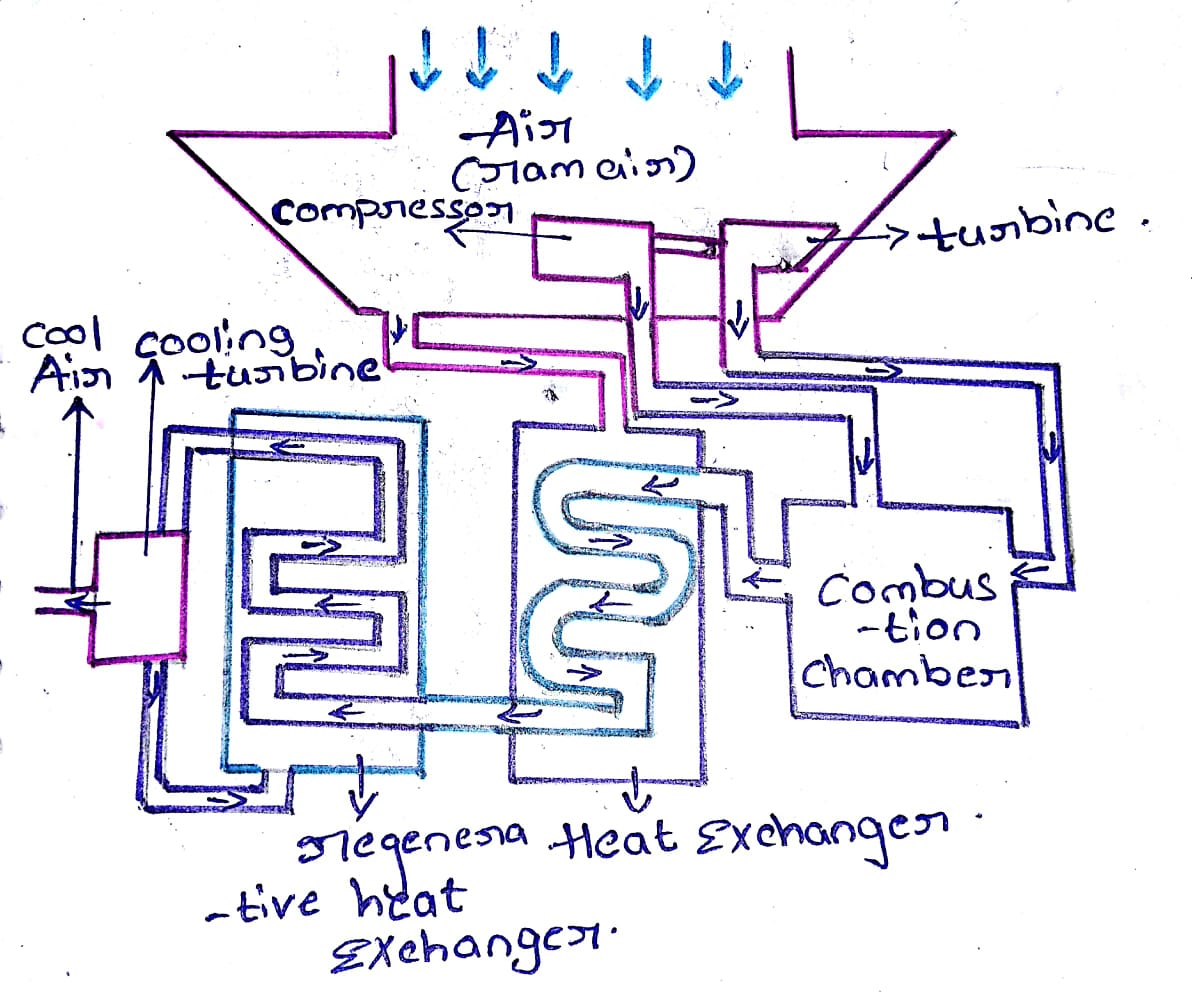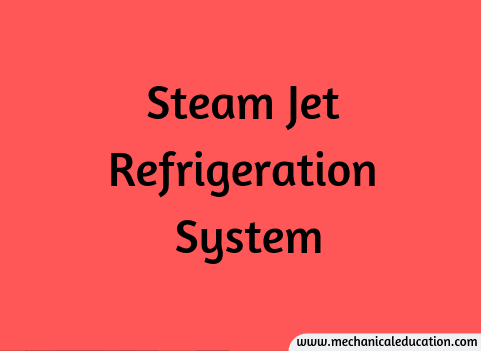What is Halocarbon Refrigerants?
Halocarbon refrigerants, often referred to as “halo-carbon” refrigerants, are a class of synthetic refrigerants that contain carbon (C), hydrogen (H), chlorine (Cl), fluorine (F), and sometimes bromine (Br). They belong to the larger category of chlorofluorocarbons (CFCs), hydrochlorofluorocarbons (HCFCs), hydrofluorocarbons (HFCs), and hydrobromofluorocarbons (HBFCs). Halocarbon refrigerants gained popularity as alternatives to earlier refrigerants, such as ammonia, sulfur dioxide, and hydrocarbons, due to their stability, low toxicity, and non-flammability.
Here are some key features and classifications of halocarbon refrigerants:
- CFCs (Chlorofluorocarbons):
- Examples: R-12 (Dichlorodifluoromethane)
- Characteristics: CFCs contain chlorine, fluorine, and carbon. They were widely used but are now phased out due to their ozone-depleting potential.
- HCFCs (Hydrochlorofluorocarbons):
- Examples: R-22 (Chlorodifluoromethane)
- Characteristics: HCFCs contain hydrogen, chlorine, fluorine, and carbon. They have lower ozone-depleting potential than CFCs but are also being phased out due to environmental concerns.
- HFCs (Hydrofluorocarbons):
- Examples: R-134a (1,1,1,2-Tetrafluoroethane), R-410A (a blend of difluoromethane and pentafluoroethane)
- Characteristics: HFCs do not contain chlorine and are ozone-friendly. They gained popularity as CFC and HCFC alternatives. However, some HFCs have high global warming potential (GWP).
- HBFCs (Hydrobromofluorocarbons):
- Examples: R-13B1 (Bromotrifluoromethane)
- Characteristics: HBFCs contain bromine, fluorine, and carbon. They were used in some applications but are also being phased out due to environmental considerations.
- HFOs (Hydrofluoroolefins):
- Examples: R-1234yf (2,3,3,3-Tetrafluoropropene)
- Characteristics: HFOs are a newer generation of refrigerants designed to have low GWP. They are considered environmentally friendly alternatives to high-GWP HFCs.
The use of halocarbon refrigerants has evolved over time, driven by concerns related to ozone depletion and climate change. Regulations, such as the Montreal Protocol, aim to phase out the use of ozone-depleting substances, leading to the development and adoption of more environmentally friendly alternatives with lower environmental impact, such as natural refrigerants and low-GWP synthetic refrigerants.
Advantages of Halocarbon Refrigerants
Halocarbon refrigerants, despite some environmental concerns related to certain types, have been widely used in the past for various reasons. Here are some advantages of halocarbon refrigerants:
- Efficient Heat Transfer:
- Halocarbon refrigerants have good thermodynamic properties, allowing for efficient heat transfer in refrigeration and air conditioning systems.
- Broad Applicability:
- Halocarbon refrigerants can be tailored for a wide range of temperatures and pressures, making them suitable for diverse applications, including residential, commercial, and industrial cooling systems.
- Chemical Stability:
- Many halocarbon refrigerants exhibit high chemical stability, reducing the likelihood of breakdown or decomposition within the refrigeration system.
- Non-Flammable:
- Halocarbon refrigerants are generally non-flammable, contributing to the safety of refrigeration systems, especially in applications where flammability is a concern.
- Ease of Handling:
- Halocarbon refrigerants are often easier to handle than some alternative refrigerants, particularly those with toxic or flammable properties. This simplifies the maintenance and operation of refrigeration systems.
- Compatibility with Existing Systems:
- Many existing refrigeration and air conditioning systems were designed to work with halocarbon refrigerants. This compatibility facilitates the transition to newer halocarbon-based refrigerants as replacements for phased-out substances.
- Proven Track Record:
- Halocarbon refrigerants, such as CFCs and HCFCs, have a long history of successful use in various applications. This track record contributes to their continued use in certain systems.
- Predictable Performance:
- The thermodynamic properties of halocarbon refrigerants are well-documented and understood, allowing for predictable performance in refrigeration cycles.
- Reduced Corrosion:
- Halocarbon refrigerants are generally less corrosive compared to some alternative refrigerants, contributing to the longevity of refrigeration system components.
- Ease of Leak Detection:
- Some halocarbon refrigerants, like ammonia, have a distinct odor, making leaks easier to detect. This feature enhances safety and allows for timely maintenance.
While these advantages highlight the positive aspects of halocarbon refrigerants, it’s crucial to acknowledge the environmental challenges associated with certain types, particularly those with high global warming potential (GWP) or ozone-depleting potential. Ongoing efforts within the industry aim to transition to environmentally friendly alternatives, including low-GWP synthetic refrigerants and natural refrigerants, to address these concerns.
Disadvantages of Halocarbon Refrigerants
While halocarbon refrigerants have been widely used in the past, especially in applications like air conditioning and refrigeration, they are associated with several disadvantages. Some of the main drawbacks include:
- Ozone Depletion:
- Certain halocarbon refrigerants, particularly chlorofluorocarbons (CFCs) and hydrochlorofluorocarbons (HCFCs), are known to contribute to ozone layer depletion. This environmental impact has led to international regulations phasing out the production and use of ozone-depleting substances.
- Global Warming Potential (GWP):
- Some halocarbon refrigerants, especially hydrofluorocarbons (HFCs), have high global warming potential. When released into the atmosphere, these substances can contribute to climate change by trapping heat. Efforts are being made to replace high-GWP refrigerants with environmentally friendlier alternatives.
- Environmental Impact:
- The environmental impact of halocarbon refrigerants, especially their role in ozone depletion and climate change, has raised concerns. Regulations such as the Montreal Protocol aim to address these issues by phasing out or restricting the use of certain halocarbons.
- Phased-Out Substances:
- Many halocarbon refrigerants, particularly CFCs and some HCFCs, have been phased out due to their harmful impact on the ozone layer. This has led to the development and adoption of alternative refrigerants with lower environmental impact.
- Regulatory Restrictions:
- The use of certain halocarbon refrigerants is subject to stringent regulations aimed at protecting the environment. Compliance with these regulations can involve challenges for industries using refrigeration systems.
- High GWP HFCs:
- While HFCs were initially introduced as alternatives to ozone-depleting substances, some HFCs have high global warming potential. This has led to efforts to transition to low-GWP alternatives, including natural refrigerants and hydrofluoroolefins (HFOs).
- Not Environmentally Benign:
- Halocarbon refrigerants are synthetic compounds and are not considered environmentally benign. Their production, use, and potential leakage can contribute to environmental issues, prompting the search for more sustainable alternatives.
- Energy Efficiency Challenges:
- In some applications, halocarbon refrigerants may face challenges related to energy efficiency, especially when compared to newer alternatives. Advancements in refrigeration technology aim to improve overall system efficiency.
- Limited Lifetime of Some Alternatives:
- Some alternatives developed to replace phased-out halocarbon refrigerants may also have limited lifetimes due to their environmental impact. Continuous efforts are made to identify and adopt sustainable options.
- Transitioning Costs:
- Transitioning from conventional halocarbon refrigerants to newer, environmentally friendly alternatives may involve costs related to system retrofitting, equipment upgrades, and the development of new technologies.
As a result of these disadvantages, there is a global shift toward using refrigerants with lower environmental impact, such as natural refrigerants (e.g., ammonia, carbon dioxide) and low-GWP synthetic alternatives (e.g., hydrofluoroolefins). The goal is to balance the need for efficient cooling with environmental sustainability.
Halocarbon Refrigerants list
Here is a list of some common halocarbon refrigerants categorized based on their types:
- CFCs (Chlorofluorocarbons):
- R-11 (Trichlorofluoromethane)
- R-12 (Dichlorodifluoromethane)
- R-13 (Chlorotrifluoromethane)
- R-113 (Trichlorotrifluoroethane)
- R-114 (Dichlorotetrafluoroethane)
- R-115 (Chloropentafluoroethane)
- HCFCs (Hydrochlorofluorocarbons):
- R-22 (Chlorodifluoromethane)
- R-123 (Dichlorotrifluoroethane)
- R-124 (Chlorotetrafluoroethane)
- R-401A (a blend of R-22, R-124, and R-152a)
- R-401B (a blend of R-22, R-124, and R-290)
- R-402A (a blend of R-22, R-125, and R-290)
- R-402B (a blend of R-22, R-125, and R-290)
- R-408A (a blend of R-22, R-125, R-143a, and R-134a)
- R-409A (a blend of R-22, R-124, and R-142b)
- R-410A (a blend of R-32 and R-125)
- HFCs (Hydrofluorocarbons):
- R-134a (1,1,1,2-Tetrafluoroethane)
- R-404A (a blend of R-125, R-143a, and R-134a)
- R-407C (a blend of R-32, R-125, and R-134a)
- R-407F (a blend of R-32, R-125, and R-134a)
- R-410A (a blend of R-32 and R-125)
- R-417A (a blend of R-125, R-134a, R-600a, and R-218)
- HBFCs (Hydrobromofluorocarbons):
- R-12B1 (Bromodifluoromethane)
- R-12B2 (Dibromodifluoromethane)
- R-13B1 (Bromotrifluoromethane)
- R-13B2 (Dibromotetrafluoroethane)
- HFOs (Hydrofluoroolefins):
- R-1234yf (2,3,3,3-Tetrafluoropropene)
- R-1234ze (E)-1,3,3,3-Tetrafluoroprop-1-ene
This list includes some of the commonly used halocarbon refrigerants, along with their assigned R-numbers. It’s important to note that regulations and environmental considerations have led to the phase-out of certain halocarbon refrigerants, particularly CFCs and HCFCs, due to their ozone-depleting potential. As a result, the industry is transitioning towards more environmentally friendly alternatives with lower global warming potential (GWP) and ozone-friendly characteristics.
Frequently Asked Questions- FAQ’s
Can halocarbon refrigerants be recycled or reclaimed?
Yes, refrigerant recycling and reclamation processes exist to recover and purify used halocarbon refrigerants, promoting sustainability and reducing environmental impact.
What are common alternatives to high-GWP HFCs?
Common alternatives include natural refrigerants such as ammonia (NH3), carbon dioxide (CO2), and hydrocarbons, as well as low-GWP synthetic refrigerants like HFOs.
Are there regulations governing the use of halocarbon refrigerants?
Yes, international agreements such as the Montreal Protocol regulate the production and consumption of ozone-depleting substances, including certain halocarbon refrigerants.
How do halocarbon refrigerants contribute to climate change?
Some halocarbon refrigerants, especially those with high GWP, can contribute to climate change by trapping heat in the atmosphere when released. This emphasizes the importance of transitioning to low-GWP alternatives.
What safety considerations are associated with halocarbon refrigerants?
Safety considerations include toxicity, flammability, and exposure risks. Proper handling, storage, and adherence to safety regulations are essential to mitigate potential hazards.
Can halocarbon refrigerants be retrofitted into existing systems?
In some cases, existing systems can be retrofitted to use alternative halocarbon refrigerants. However, this requires compatibility assessments and may involve modifications to the system.
What are the key characteristics of HFOs?
Hydrofluoroolefins (HFOs) are a newer class of refrigerants designed to have low GWP. They are considered environmentally friendly alternatives to high-GWP HFCs.
What is the environmental impact of HFCs?
While HFCs do not contribute to ozone depletion, many have high global warming potential (GWP), contributing to climate change. Efforts are underway to transition to lower-GWP alternatives.
What are halocarbon refrigerants?
Halocarbon refrigerants are synthetic compounds used in refrigeration and air conditioning systems. They contain carbon, hydrogen, chlorine, and fluorine atoms in various combinations.
Why were CFCs phased out, and what replaced them?
Chlorofluorocarbons (CFCs) were phased out due to their role in ozone depletion. They were replaced by hydrochlorofluorocarbons (HCFCs) initially and later by hydrofluorocarbons (HFCs) with lower ozone-depleting potential.



